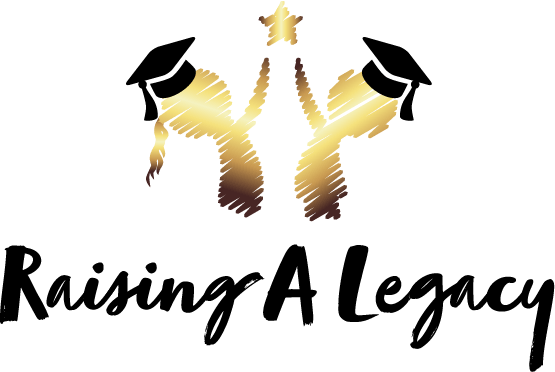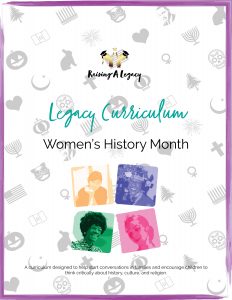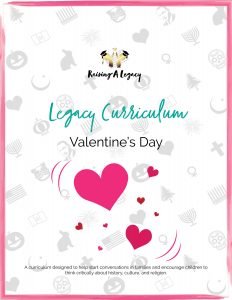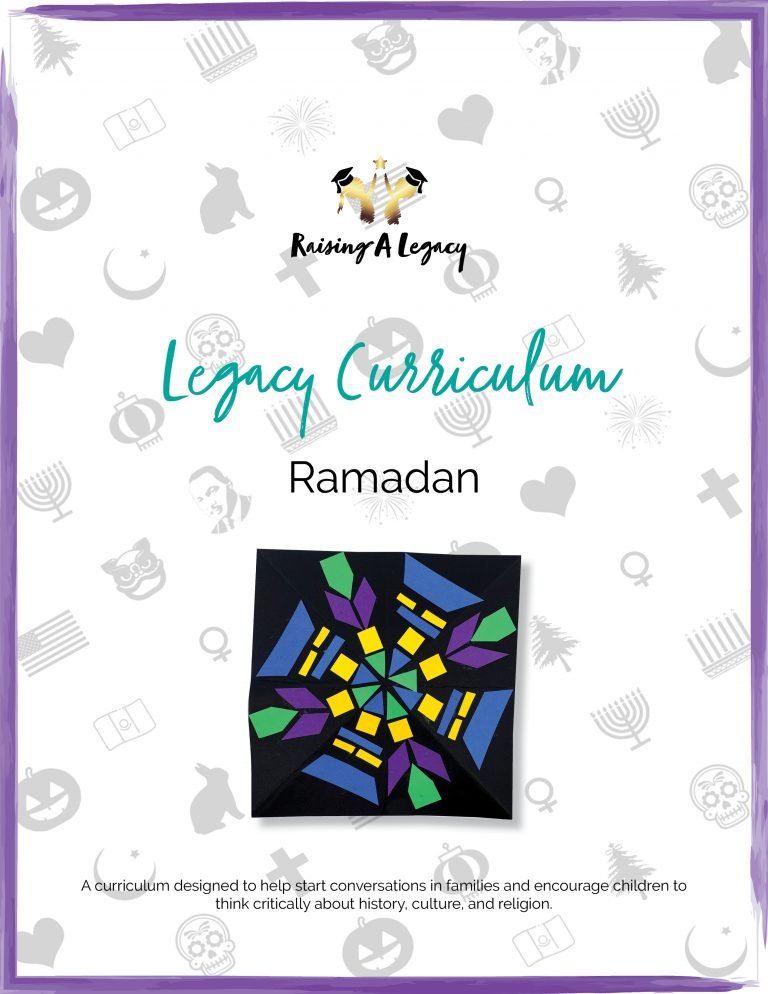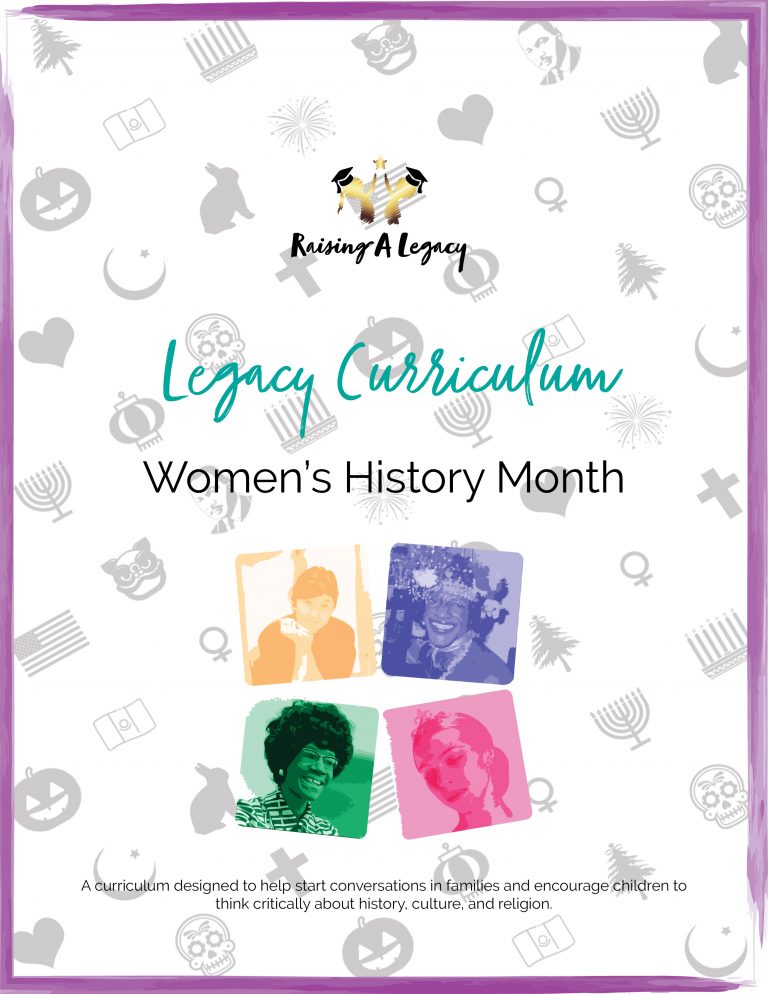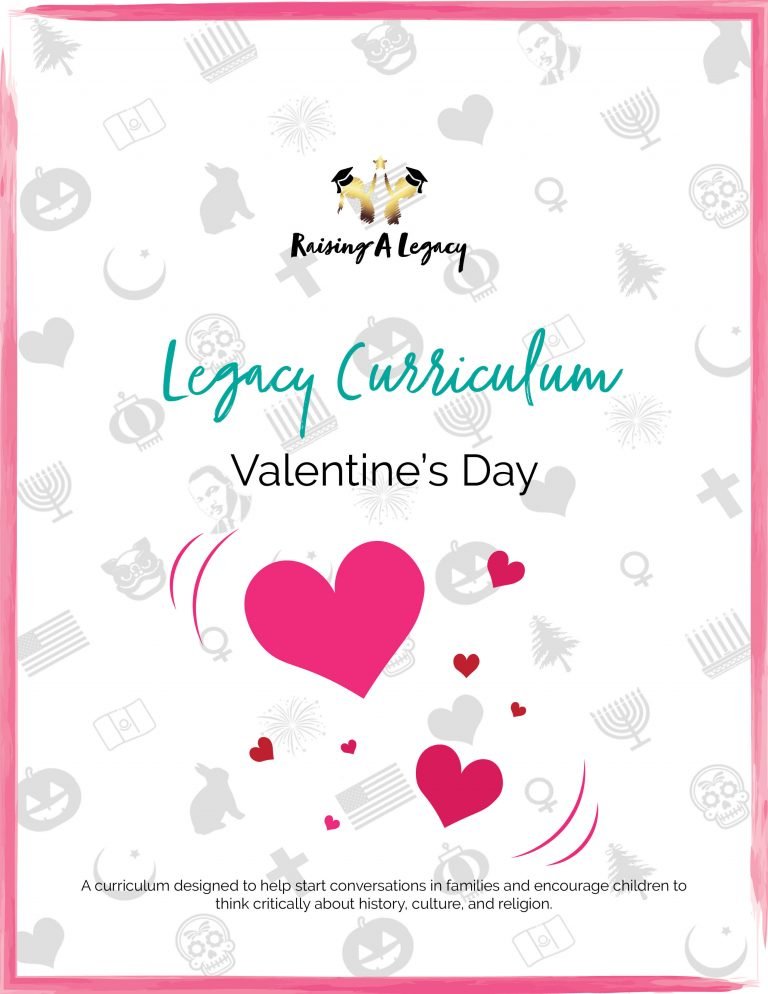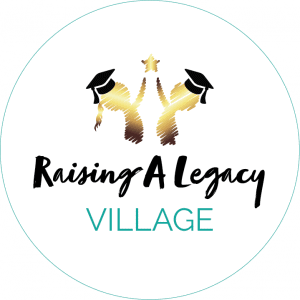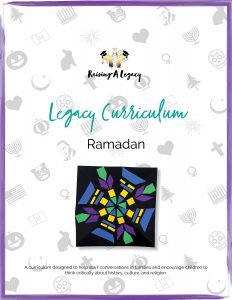
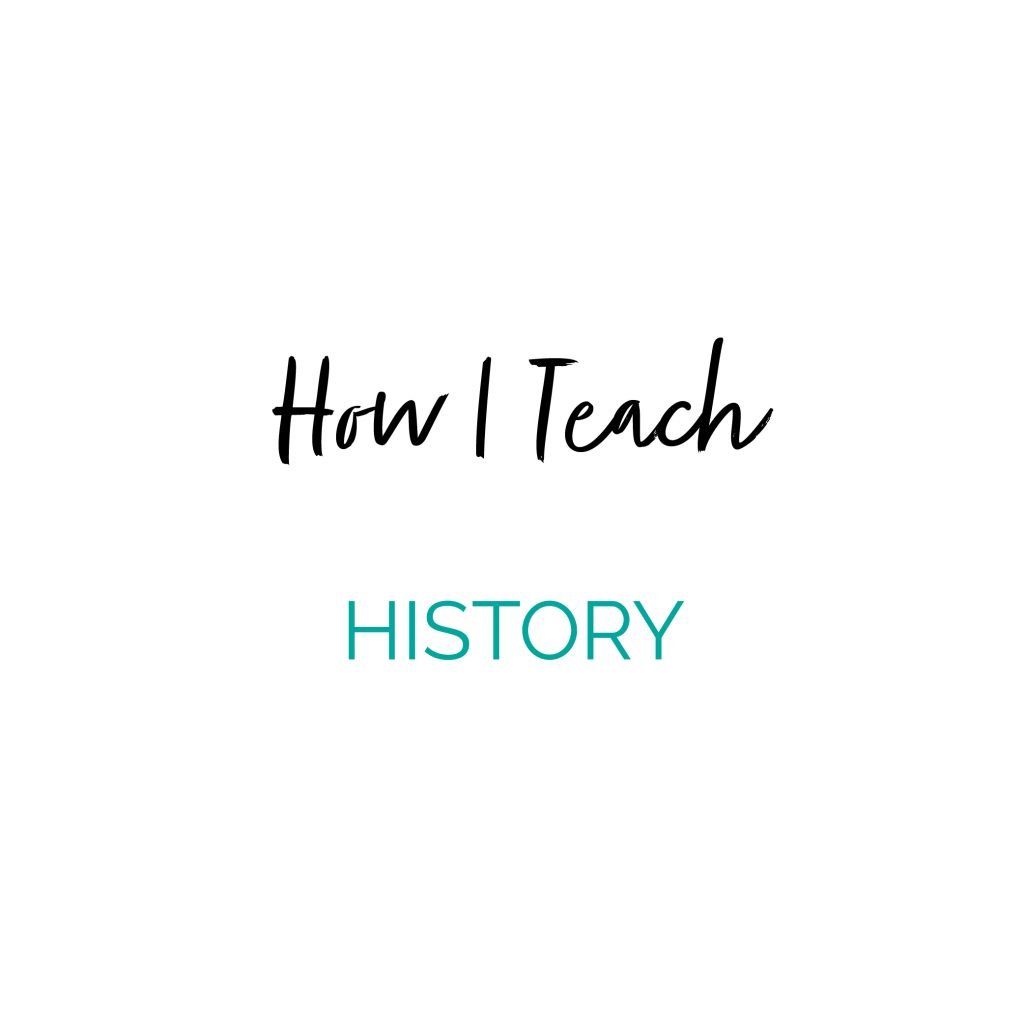
How I Homeschool History
Table of Contents
Why do we teach history? We can all very clearly express why we teach our children math, reading, and writing. But, why is history important? The answer to this is your guiding principle to designing how it looks in your family.
I believe history is one of the hardest topics to teach. First, because we are usually having to relearn it due to the whitewashed nature we were taught growing up. And second, because we don’t realize why we are teaching it in the first place.
Below I describe how history looks in our family and hopefully, this will inspire you to teach from a new perspective and gain an appreciation for this often overlooked subject. I will start with our guiding principle and why we teach history:
We want our children to be able to see the world from multiple perspectives, realize that current things that are happening are directly related to past and future events, and use this information to make impactful changes in their communities.
General Overview:
- Social Studies: I use the term social studies rather than history. Social studies is a wider viewpoint and includes things like history, geography, current events, sociology, social justice, culture, and civics. History is a study of the past, but in order to fully understand it all of these subjects should be incorporated.
- Framework: I use an ABAR (anti-bias/anti-racist) approach for all of our subjects, but it can be seen most effectively in history. Without getting too technical, the anti-bias framework has four goals for children: confidence in one’s own identity, respect for others’ identity, ability to point out injustices and biases, and the ability to stand up to these injustices. These work in conjunction with anti-racist principles. For young children, I focus the majority of our time on the first two goals. I want to help our children establish a strong identity and self-love for themselves and then be able to recognize and be respectful of others. These goals are important in social studies because we are constantly learning about people and cultures other than our own. Many times learning about other cultures is taught like a museum where children get to see things superficially from a distance and only parts of it. Children need to see all aspects of a culture. This includes things like current-day events and history. I should note that holidays should not be the only time we teach our children about others. That way our children are not only able to understand and be confident in themselves but also respectful of others’ beliefs and identities. In doing this we are building empathy which will one day turn into action.
- Anti-Bias Vocabulary and Social Justice: In between our social studies lessons we also go over words like race, bias, and stereotype. These are critical for learning history. It would be very difficult for your child to truly understand the Civil Rights Movement and current events if they didn’t know what race meant and the implications behind it. We also take this one step further and learn about social justice. To guide us through every lesson we come back to these questions:
- Why did certain events happen, who was impacted, how does this impact events today, and what can we do about it?
- What voices are dominant and what ones are missing? Why is this the case and what impact does this have?
- Chronological versus thematic: Most history books and curriculums use a chronological approach. This involves teaching history in order of events. A thematic approach teaches history by themes. An example of a thematic approach would be: teaching slavery, the Civil Rights Movement, segregation, and incarceration together. We use a combination of both leaning more toward chronological because that is how our curriculums are put together. (And, if I had more time I would be creating thematic curriculums myself.) What I do now, though is always make a connection when we are learning something new. This can be to a current event or how it parallels other history or cultural studies we have done. Teaching chronologically gives the impression that certain events happened one after the other. It is hard for children to be able to tie events together and see how they build and have an impact on each other. By teaching thematically children can clearly see, for example, how incarceration and police brutality today are directly related to slavery. In addition, by teaching chronologically you often get into the mindset that you need to complete every point of history. History is too vast for this and you will most likely fall into the trap of doing a broad overview of everything but lacking in substance.
- Interest-led: Math or reading would never be taught solely by following your child’s interests because there would be gaps. History is the same. You can supplement and expand on things your child is interested in but it should never be fully interest-led.
- How to teach hard topics:
- Teach hard topics in a developmentally appropriate way. Don’t sugarcoat them instead teach with facts.
- Balance difficult times in history with joy. Children should not only learn about Native Americans when the Europeans colonized their land but also their history before and present-day.
- Center the voices of the oppressed.
- Teach them frequently. These are difficult topics that are even hard for adults to understand. One time is not going to be sufficient.
- Make it relatable. Young children often have trouble with abstract topics or things that happened a long time ago. Make it relatable by including current events, things happening locally, or getting them engaged in local civics.
- In regards to memorization: History is not a subject that should be memorized. Knowing the date of a specific event is never going to be helpful. I never make my children simply reiterate what they learned. I am more interested in concepts.
- Resources for you: I always say history is one of the hardest subjects to teach because you have to relearn it yourself before teaching since we usually grew up learning a very whitewashed perspective. The best way to begin relearning is to read a variety of books. I created a list for you to start. Raising A Legacy Bookshop (I should note this list is not exhaustive.)
How to approach the curriculum:
- Choosing a curriculum: When I choose a curriculum I first look at what perspectives it shows. For a quick assessment, I look at specific time periods, for example, Columbus or the Civil Rights Movement. If they get these right I can roughly assume the majority of it is right as well. I don’t use anything that has glaringly racist or inappropriate information. There are better things out there.
- Once you found your curriculum: Every curriculum has biases, because people have biases. You are never choosing one that is free of them you are instead choosing one with the least. In saying this, preread the materials and recommended books. Make substitutions or incorporate other materials to accurately reflect how you want to teach.
- Choose a combination of resources: History should be taught with a combination of primary sources (first-hand accounts) and secondary sources. The primary sources usually offer the most accurate account of what happened. You also need to remember that this can depend on who wrote it. Obviously, the history of slavery is going to be different from the perspective of slaveholders versus the people that were enslaved. That’s where secondary sources come in. With these, you can see other’s viewpoints and opinions. By using a combination of both your children are given a broader picture and are able to use critical thinking to start forming their own ideas.
- Social justice/culture/current events: Add these topics where appropriate. For example, learn about Latin Americans today when learning about their history. Or, learn about sexism and battles women face when learning about women’s suffrage.
- How I prepare for each lesson: Depending on how structured your curriculum is you will need a varying amount of preparation time. As a general guideline: I request books from the library about a month or so in advance before doing the lesson to make sure I have them when needed. I also read adult literature about the topic to make sure I am teaching it correctly. The next steps can be done weekly or daily depending on how you prepare for the week. Go over the lessons. Add supplemental materials or videos if you want. In our family, we don’t have a set amount of days that we do social studies each week. I choose our schedule based on what we have been working on, what I think my children need, and I often use history and science to break up the monotony of other subjects.
- Timelines: I believe timelines are of value. They help show events in relation to each other as well as things that are happening at the same time in different places.
- Geography: Geography is as simple as looking up countries and places you are learning about. Every time we read or learn about a country we also look it up on a map. This doesn’t just happen during social studies but with other subjects as well. During this time, we will go over other countries we have talked about recently.
What we use to complete this:
- Core Curriculum: Curiosity Chronicles | Raising A Legacy for World History and US History with Blossom and Root – Blossom & Root for U.S. History
- Social Studies Units: Read Like A Rockstar review
- Anti-Bias and Social Justice: Critical Conversations – Read Like A Rockstar (readlikearockstarteaching.com), Going Deeper | Raising A Legacy, Shop | Raising A Legacy, Ditto Kids Magazine- an anti-bias and anti-racism magazine for kids
- Books: Raising A Legacy Bookshop
- Holiday Curriculum: Shop | Raising A Legacy
- How this looks in practice: We do a 45/25/30 ratio of core curriculum, Social Studies Units, and Anti-Bias/Social Justice/Other Supplements.
I will leave you with the following tips:
- Keeping your child engaged: For young children make the reading short and include crafts and hands-on activities to keep it interesting. A typical day for my children ages 3-8:
- Start by looking at a map and finding the countries/regions you are going to talk about.
- Longer read/chapter books: you can have some type of craft or coloring page while you are reading, also when I am doing longer reads I stop and ask questions or make connections to other things we have talked about to keep my children engaged
- Craft/Activity/Social Justice/Culture connection: these are good when you notice interest start to wane
- Shorter read/picture books: this is optional (usually after the activity my children are able to do more reading). I have a wide range of ages so the longer reads are for my older children while the picture books are for my younger ones. This may look different in your family.
- Short videos: to supplement and break up the reading
- Discussions: these are included throughout
- Learn along with your children. History is a constantly evolving subject as new perspectives and viewpoints are being brought to light. It’s okay to not know everything. Your children are able to see that learning is a lifelong process by watching you learn with them.
- Be wrong. Letting your children know it’s okay to be wrong is an important part of learning history and for life in general. When you learn new information be open to changing your belief. History is always changing. And, we are always seeing new perspectives. Teach your children to embrace this.
- The beauty of homeschooling is that you can teach by your own schedule. Switch things up. Learn about holidays when they come up, events happening around the world, or local elections. Throw away the notion that your children are supposed to learn U.S. history or ancient history at a certain age. Second, as a parent, we sometimes think that we need to get everything in. We have to take a step back and realize if our children are not paying attention they are not going to remember the information so at this point it is not doing any good to continue. Our family has gotten rid of the idea that we have to finish our curriculum within the year span so we take our time.
More questions? Listen to Mei @cahomeschooler and I talk and answer your questions live on IG about all things history. Tune in on the weekend of May 15th. Check here for the time or to see the recap. https://www.instagram.com/raisingalegacy
This post contains affiliate links and I receive a small commission at no cost to you.
Subscribe!
Get updates on what’s happening here at RAL.
Curriculum Packets
Find the perfect story and the activities to match.
-
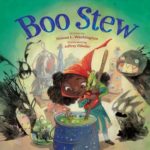 Boo StewDecember 7, 2021/0 Comments
Boo StewDecember 7, 2021/0 Comments -
 WarDecember 7, 2021/
WarDecember 7, 2021/ -
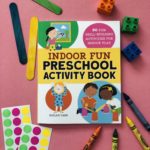 Indoor Fun Preschool Activity BookDecember 7, 2021/
Indoor Fun Preschool Activity BookDecember 7, 2021/
Tags
Categories
- Create
- History Curriculum Reviews
- Learn
- Read
- Black History Month Books
- Book Reviews
- activity book
- asian american and pacific islander
- black history month
- Cancer
- national hispanic heritage month
- Native American Heritage Month
- nurse week
- Picture Books
- Podcasts
- Pride
- Problematic Books
- Science
- Social Studies
- social-emotional learning
- Valentine's Day
- womans history month
- Women's History Month
- young adult
- Christmas Books
- Cinco de Mayo Books
- Halloween Books
- Hanukkah Books
- Juneteenth Books
- Kwanzaa Books
- Thanksgiving Books
- Valentine's Day Books
